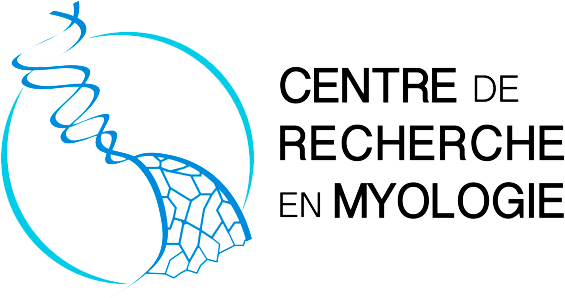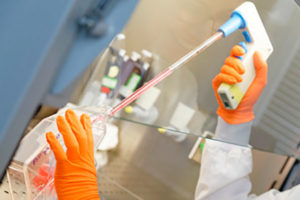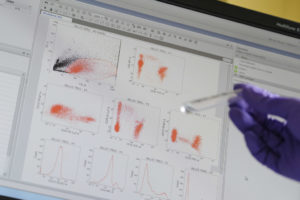A venir
Il n’y a pas d’évènement à venir.
Archives
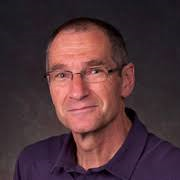
The forgotten filament: titin’s contribution to active force production in skeletal muscle
Walter Herzog
Professor, Faculty of Kinesiology and Department of Mechanical and Manufacturing Engineering, University of Calgary
Adjunct Professor, Department of Surgery and Faculty of Veterinary Medicine, University of Calgary
Director, Human Performance Lab
Tier I Canada Research Chair for Cellular and Molecular Biomechanics
Dr. Herzog did his undergraduate training in Physical Education at the Federal Technical Institute in Zurich, Switzerland (1979), completed his doctoral research in Biomechanics at the University of Iowa (USA) in 1985, and completed postdoctoral fellowships in Neuroscience and Biomechanics in Calgary, Canada in 1987. Currently, Dr. Herzog is a Professor of Biomechanics with appointments in Kinesiology, Medicine, Engineering, and Veterinary Medicine, holds the Canada Research Chair for Cellular and Molecular Biomechanics, and is appointed the Killam Memorial Chair for Inter-Disciplinary Research at the University of Calgary. His research interests are in musculoskeletal biomechanics with emphasis on mechanisms of muscle contraction focusing on the role of the structural protein titin, and the biomechanics of joints focusing on mechanisms of onset and progression of osteoarthritis. Dr. Herzog is the recipient of the Borelli Award from the American Society of Biomechanics, the Career Award from the Canadian Society for Biomechanics, the Dyson Award from the International Society of Biomechanics in Sports, and the Muybridge Award from the International Society of Biomechanics. He is the past president of the International, American and Canadian Societies for Biomechanics. He was inducted into the Royal Society of Canada in 2013, and was awarded the Killam Prize in Engineering (2018) from the Canada Council for the Arts for his contributions to Biomedical research.
More information on Walter Herzog’s webpage
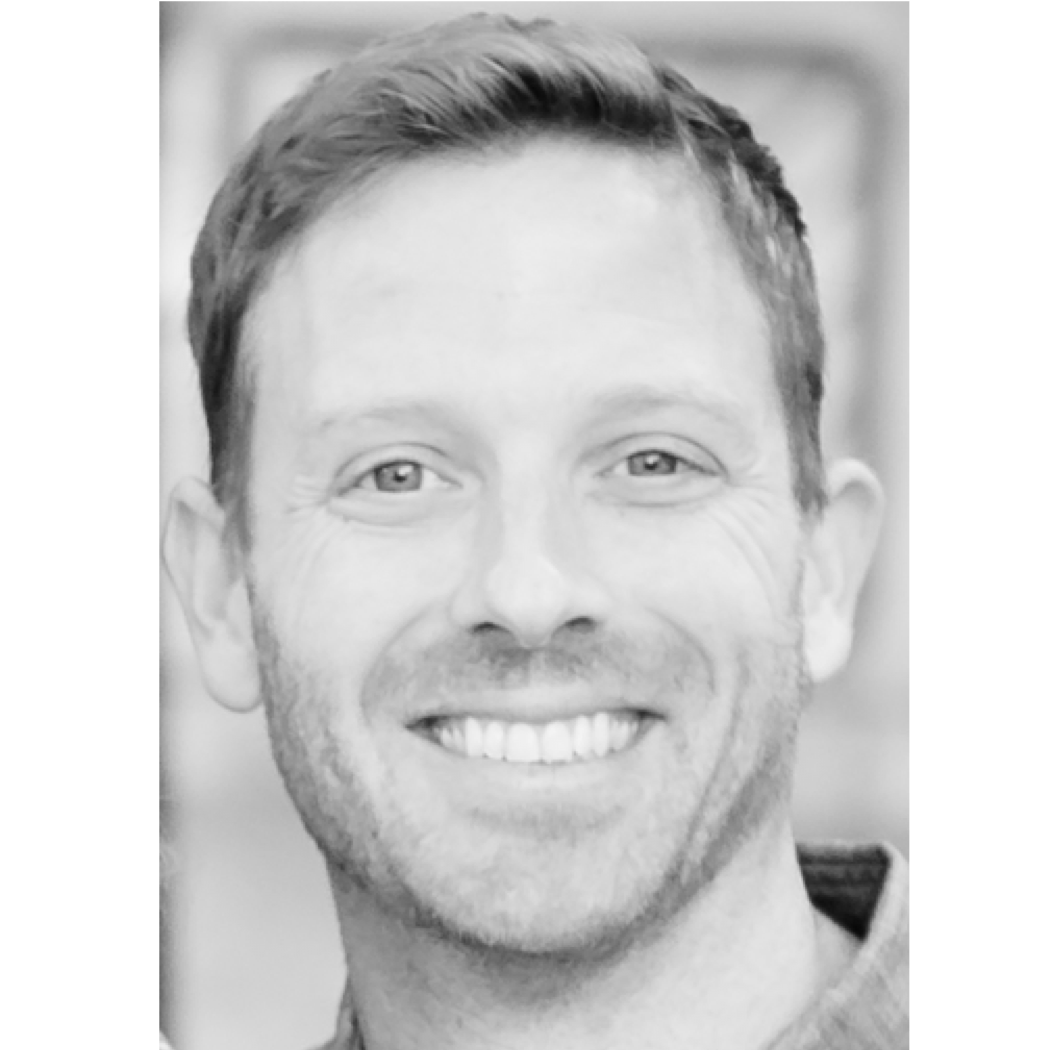
Microtubules in Cardiac Mechanics and Growth
Benjamin Prosser
Assistant Professor of Physiology, Perelman School of Medicine
In heart muscle cells, the interaction of sarcomeric actin and myosin provides the force required for the heart to beat, and as such has been extensively well-studied. Our lab, however, has focused on the much less well-studied non-sarcomeric cytoskeleton – specifically the microtubule network – as a key contributor to cardiomyocyte mechanics and mechanobiology. In 2016, we identified novel load-bearing behavior of the microtubule network in beating cardiomyocytes, and identified post-translational microtubule detyrosination as a key regulator of the mechanical properties of heart cells (Robison et al., Science 2016). In 2018, we found that suppressing detyrosination can lower stiffness and robustly improve contractile function in cardiomyocytes from patients with heart failure (Chen et al., Nature Medicine 2018). More recently, we have homed in on a therapeutic target and patient population, first by identifying that detyrosinated microtubules contribute to diastolic dysfunction in human heart tissue (Caporizzo et al., Circulation 2020), and second by genetically silencing the detyrosinating enzyme VASH1 to restore diastolic function in this context (Chen and Salomon, Circulation Research 2020). While we are keen to pursue these translational goals, we are also still fascinated by the fundamental mechanisms by which microtubules contribute to cardiomyocyte homeostasis and growth. Our latest work (Scarborough and Uchida, Nature Communication 2021) identifies an essential role of microtubules in cardiac hypertrophy, as microtubules orchestrate the spatial positioning of new protein synthesis to allow heart cells to grow at the appropriate place and time. In sum, the work has identified cardiomyocyte microtubules as key regulators of cardiac growth and mechanics, and illustrates the potential for targeting microtubules as a new therapeutic strategy for the treatment of heart failure.
More information on Benjamin Prosser lab’s webpage and on his biosketch.
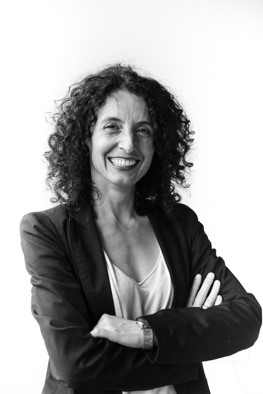
Intrinsic muscle abnormalities in Amyotrophic Lateral Sclerosis
Sonia Alonso Martin
Group Leader of “Muscle Stem Cells & Regenerative Medicine” Lab within the Neuromuscular Diseases Group (Neurosciences Area) at BIODONOSTIA HRI (Donostia/San Sebastián, Spain). Research Fellow – Gipuzkoa Fellows Program for Talent Attraction and Retention.
Summary
Amyotrophic lateral sclerosis (ALS) is a devastating neurodegenerative disorder characterized by the death of motor neurons (MN) and muscle atrophy. Classically, muscle atrophy has been assumed to arise from MN denervation, but recent research has proposed that this process may be muscle-autonomous. On the other hand, there is a growing body of evidence supporting that ALS presents systemic metabolic disturbances. The facts that insulin resistance and type I diabetes are risk factors in ALS, and that glycolytic fast fibers are affected early in the process of MN degeneration, whereas the most, aerobic ones (extraocular), are spared, devise a range of evidences to postulate that altered energy production from glucose may be an early pathogenic event in ALS. With the aim to address the hypothesis that there are intrinsic abnormalities in skeletal muscle linked to ALS pathology, we cultured primary myoblasts from ALS patients and performed an array of biochemical and functional studies. Patients´ primary myoblasts displayed alterations in the nuclear localization of TDP-43, consistent repression of glycolysis and aberrant myogenesis. Furthermore, we induced silencing of TDP-43 and FUS in control human primary myoblasts to verify whether their loss of function may phenocopy such abnormalities. Indeed, TDP-43- FUS-knockdown myoblasts showed defects in the glycolytic capacity and, more importantly, dramatic defects in the myogenic process.
Short CV
Sonia Alonso-Martín: Group Leader of “Muscle Stem Cells & Regenerative Medicine” Lab within the Neuromuscular Diseases Group (Neurosciences Area) at BIODONOSTIA HRI (Donostia/San Sebastián, Spain). Research Fellow – Gipuzkoa Fellows Program for Talent Attraction and Retention.
Sonia Alonso-Martin is a highly qualified scientist, with an outstanding background in Myology, Mouse Molecular Genetics and Gene Regulation, and broad knowledge in Transcriptomics and Stem Cell Biology.
She is a renowned researcher in the skeletal muscle stem cell field, in which she contributed with high impact outcomes, including relevant international collaborations. She is author of 23 research papers and more than 50 scientific communications.
After completing a successful PhD in Madrid (CIB-CSIC) on ESC manipulation to generate new animal models for platelet-associated diseases, pioneer in her institution, she moved to France for a post-doctorate in F. Relaix lab (Paris & Créteil).
Remarkably, during her post-doctoral research works, she performed a stem cell ontology, from development to aged mice, identifying molecular pathways involved in the emergence of postnatal muscle stem cells in vertebrates, as well as the genetic changes associated with the stemness capacity of these cells. Back in Spain in 2016, she joined Pura Muñoz lab (CNIC-Madrid and UPF-Barcelona), where she focused on stem cell heterogeneity and aging, successfully publishing as first author in prestigious Nature Cell Biology journal.
In 2019, she has been awarded the “Gipuzkoa Fellows Program for Talent Attraction and Retention” which allowed her to start her own research group within the Neuroscience Department at Biodonostia HRI. Relying on her expertise in muscle biology, her group is unravelling the complexity of muscle dystrophies and motor neuron disorders, specially ALS, developing a total innovative approach for a better understanding of the different neurodegenerative diseases, including sarcopenia due to disuse or aging.
She is member of CIBERNED, the Network Center for Biomedical Research in Neurodegenerative Diseases; she is Review Editor for Frontiers in Cell and Developmental Biology; and serves as reviewer for different scientific journals. She is scientific evaluator and/or advisor for different committees and institutions such as FWO (Research Foundation – Flanders) and the Spanish National Research Agency (AEI).
More information on Sonia Alonso Martin ‘s Linkedin webpage
Website:
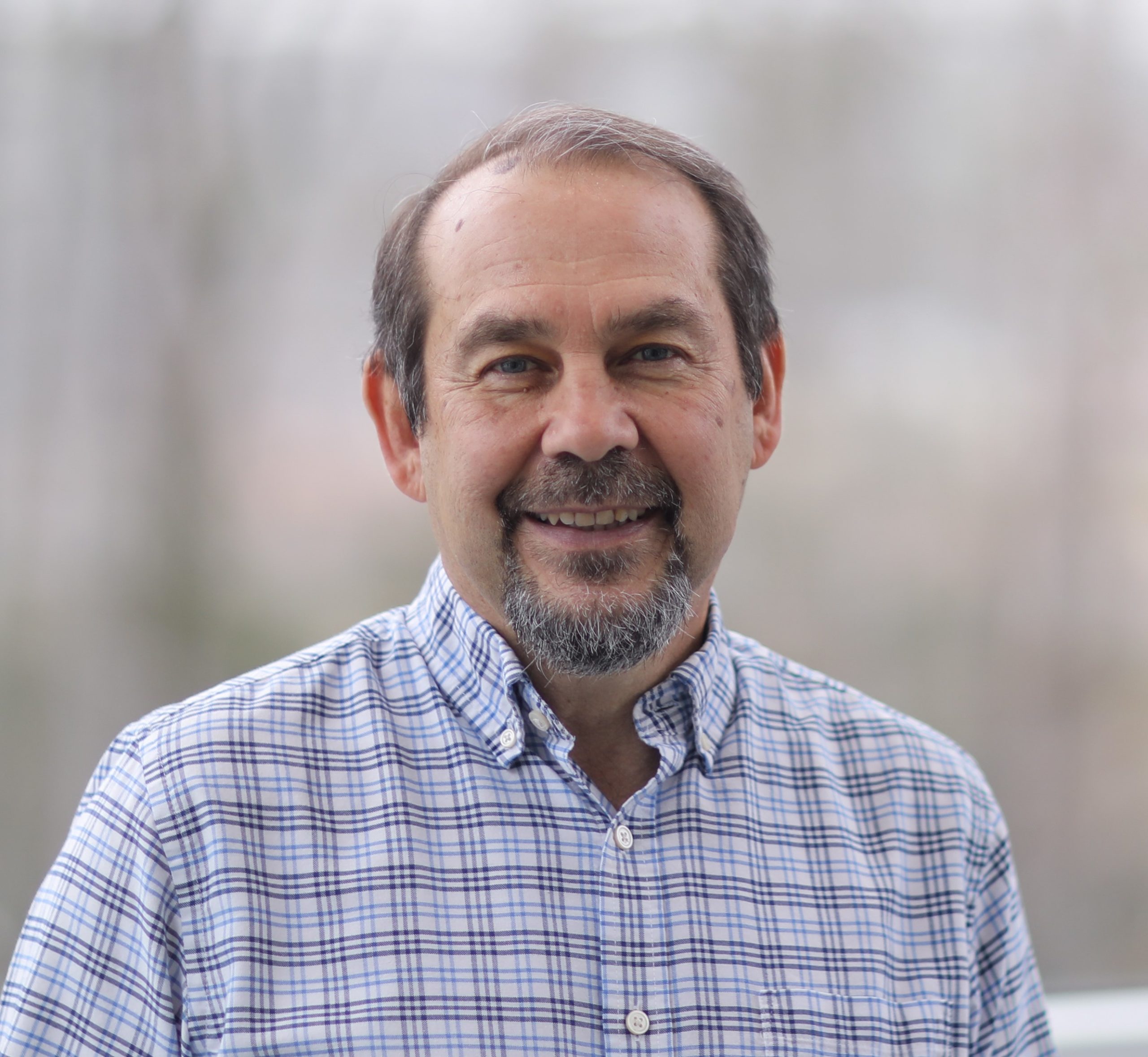
AAV Gene Therapy for Duchenne Muscular Dystrophy- a 25 Year Journey
R. Jude Samulski
UNC School of Medicine, Department of Pharmacology, Professor
President, Chief Scientific Officer and Co-Founder of Askbio
Dr. Samulski received his PhD in medical microbiology and immunology from the University of Florida. His graduate work (1978-82) demonstrated the first use of AAV as a viral vector and culminated in the first U.S. patent involving non-AAV genes inserted into AAV.
After completing post-doctoral training at Princeton, Dr. Samulski was hired to provide his expertise in AAV biology as a member of the scientific advisory board of Avigen, a new AAV research company. In 1993, he co-founded an AAV-based gene therapy company called Merlin. This research group was headed by Xiao Xiao, PhD, and was the first to demonstrate AAV-mediated long-term gene transduction in muscle (J. Virology, 1996). This finding precipitated a merger of Merlin with Somatix, Inc., which then merged in 1995 with Cell Genesys.
In total, Dr. Samulski has worked with AAV for 40 years, and for 25 years, he was director of the University of North Carolina Gene Therapy Center. He was the scientific founder of Bamboo Therapeutics, Inc. and served as the Chief Scientific Officer and Executive Chairman of the company until its acquisition by Pfizer in 2016. Upon its acquisition, Dr. Samulski joined Pfizer, as VP Gene Therapy, to ensure the successful transition of Bamboo’s Duchenne muscular dystrophy therapeutic. Dr. Samulski is a former member of the Recombinant DNA Advisory Committee (RAC), a committee tasked with assisting the FDA with gene therapy clinical trial approvals in the U.S. He also frequently serves as a gene therapy consultant to the FDA. In 2008, Dr. Samulski was recognized by the American Society of Cell and Gene Therapy with the inaugural Outstanding Achievement Award for his work. He was also invited by Pope Francis to the Vatican in recognition for his work in the treatment of Canavan’s disease.
Dr. Samulski has advanced therapeutics into human clinical trials for hemophilia, Duchenne muscular dystrophy, giant axonal neuropathy, Pompe disease and heart failure. He holds more than 300 patents related to AAV technology.
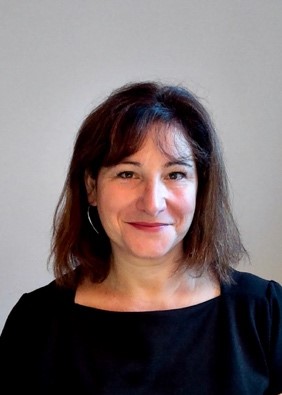
Register by email.
Formation (et déformation) de la stratégie dans les organisations publiques de recherche : le rôle des cadres intermédiaires scientifiques
Arielle Santé
PhD Université Paris Saclay, ATER Conservatoire National des Arts et Métiers (CNAM)
Résumé:
Mots clés : stratégie–cadres intermédiaires–pratiques–organisations publiques de recherche- stratégie en pratiques
La formation de la stratégie a été étudiée dans son processus, elle l’est depuis quelques années au travers des pratiques quotidiennes de ses acteurs. Dans les organisations publiques, et plus particulièrement dans les organisations publiques de recherche, la formation de la stratégie semble privilégier la voie de la planification.
Notre recherche vise à comprendre comment les cadres intermédiaires scientifiques intègrent, dans leurs pratiques, la stratégie de leur institut. Nous avons comparé les pratiques des cadres intermédiaires scientifiques de deux organisations publiques de recherche à un moment particulier de leur histoire managériale, l’élaboration de leur plan stratégique.
Nos résultats mettent en évidence 1) que les cadres intermédiaires cherchent à se connecter à la stratégie institutionnelle aux moments importants de la vie de leurs équipes scientifiques ; 2) qu’ils sont pour cela capables d’utiliser des stratégies « écran » ; 3) que la motivation à participer au processus de planification stratégique est essentiellement liée à la visibilité de leurs recherches ; et enfin, 4) que les cadres intermédiaires scientifiques ne servent pas toujours de courroie de transmission à la stratégie institutionnelle.
Biosketch
Arielle Santé a soutenu une thèse en sciences de gestion à l’Université Paris-Saclay en 2020 et est aujourd’hui attachée temporaire d’enseignement et de recherche au CNAM. Sa thèse vise à comprendre comment les cadres intermédiaires scientifiques des organisations publiques de recherche, par exemple les directeurs de laboratoire, intègrent dans leurs pratiques la stratégie de leur institut.
Elle a auparavant fondé et dirigé un cabinet de conseil et de formation spécifiquement dédié aux laboratoires de recherche académique. Depuis 15 ans, elle intervient notamment sur des thématiques telles que l’organisation, la stratégie, les relations entre chercheurs (encadrement de doctorants) ou la négociation avec les industriels.
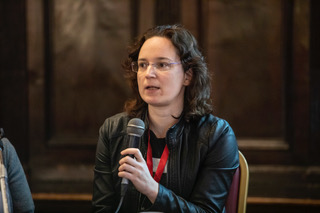
Register by email.
Exon skipping therapy for Duchenne muscular dystrophy
There is room for improvement – how to achieve this?
Annemieke Aartsma-Rus
Professor of Translational Genetics at the Department of Human Genetics of the Leiden University Medical Center
Prof. Dr. Annemieke Aartsma-Rus is a professor of Translational Genetics at the Department of Human Genetics of the Leiden University Medical Center. She played an important role in the development of the antisense mediated exon skipping therapy for Duchenne muscular dystrophy during her PhD research (2000-2004) at the Leiden University Medical Center (the Netherlands). As of December 2007 she became leader of the “DMD exon skip group”. Since 2013 she has a visiting professorship at the Institute of Genetic Medicine of Newcastle University (UK).
Her work currently focuses on developing antisense-mediated exon skipping as a therapy for Duchenne muscular dystrophy. This involves work in cell and animal models to improve delivery and efficiency of exon skipping compounds, studies in muscle regeneration and pathology, the identification of biomarkers, studying the basics of pre-mRNA splicing and transcript processing and the generation of mouse models. In addition, in collaborative efforts she aims to develop the exon skipping approach as a therapeutic option for other rare diseases and to bridge the gap between different stakeholders (patients, academics, regulators and industry) involved in drug development for rare diseases.
She is President of the Oligonucleotide Therapeutics Society (2019-2021) and the TREAT-NMD executive committee (2013-2016 and 2019-now), vice-chair of COST Action CA17103 (Delivery of antisense RNA therapies) and member of the Core Committee of the TREAT-NMD Advisory Committee for Therapeutics (TACT). In 2013 she was elected a member of the junior section of the Dutch Royal Academy of Sciences (DJA), which consists of what are considered the top 50 scientists in the Netherlands under 45. In 2018, she was one of the founding members of Young Academy Leiden (YAL), the local Leiden counterpart of the DJA. She has been selected as most influential scientist in Duchenne muscular dystrophy in the past 10 years by Expertscape based on contributions to the understanding and treatment of Duchenne muscular dystrophy five times in a row (2015-now).
Thus far, she has published over 200 peer-reviewed papers and 11 book chapters, as well as 15 patents and has edited one book. She has given many invited lectures at meetings, symposia and workshops as well as patient/parent organizations meetings, where she is known for her ability to present science in a clear and understandable way. She has created and maintains multiple websites on therapeutic approaches for aimed at patients and parents. In 2011 she received the Duchenne Award from the Dutch Duchenne Parent Project in recognition of this work and her dedication to the Duchenne field. In 2020 she received the Black Pearl Science Award from Eurordis for her work in educating patients in the Duchenne field and other rare disease fields. She writes regular blogs for the LUMC.
She has successfully applied for numerous grant applications, including a prestigious VIDI award (€800,000) from the Dutch government in 2009. She is/was involved in multiple EU projects, e.g. TREAT-NMD (FP6), Bio-NMD (FP7), NeurOmics (FP7), BIND (Horizon2020) and COST Action CA17103. She was involved in organizing multiple seminal workshops and meetings, e.g. a stakeholder meeting on antisense-mediated exon skipping development for DMD involving academics, industry, regulators and patient representatives hosted by the European Medicine Agencies (April 2015) and a similar meeting for SMA (November 2016), a stakeholder meeting to discuss the implementation of oligonucleotide therapies for very small patient cohorts (April 2020), and training schools to educate young scientists in stakeholder communication (April 2015), translational medicine (annually since 2018) and oligonucleotide therapy development (Feb 2020).
She is a member of the Therapies Scientific Committee of the International Rare Disease Research Consortium (IRDiRC). She is co-editor in chief of Nucleic Acid Therapeutics, and serves on multiple editorial boards, e.g. Journal of Neuromuscular Diseases (associate editor), Molecular Therapy, Therapeutic Advances in Rare Disease and Cardiovascular Genetics and Genomics. She is a member of the TREAT-NMD project ethics counsel and of the TREAT-NMD Advisory Committee for Therapeutics (TACT) and the scientific advisory board of Genethon.
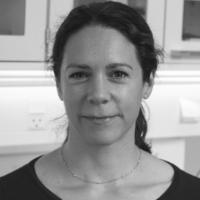
Human skeletal muscle from the cellular perspective in vivo and in vitro
Abigail Mackey
Associate Professor, Department of Biomedical Sciences, University of Copenhagen
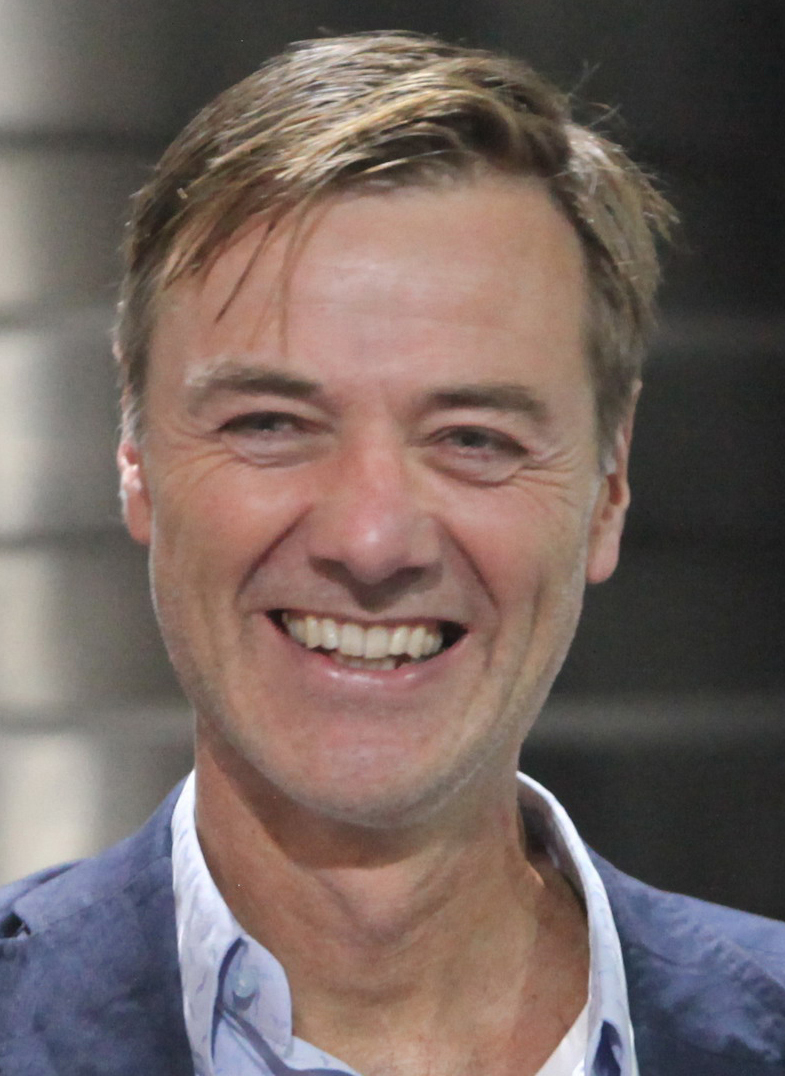
Myositis associated with connective tissue disease:
The classic ones – Antisynthetase Syndrome
The less well studies ones – Scleromyositis
Werner Stenzel
Consultant, lecturer of Neuropathology at the Department of Neuropathology, Charité – Universitätsmedizin, Berlin, Germany
Head of the Neuromuscular Diagnostic and Research Unit at the Department of Neuropathology, Charité – Universitätsmedizin, Berlin, Germany
Head of educational program for medical students at the Department of Neuropathology
In this seminar, the so-called overlap myositis will be highlighted.
I will first address, anti-synthestase syndromes as a classical example of this group where a typical form of myositis is associated with characteristic skin lesions and interstitial lung disease. This group is an entity on its own and can well be characterized based on the additional typical presence of t-RNA-synthetase autoantibodies like anti-Jo1. We have recently identified presence of plasma cells in the skeletal muscle tissue of these patients. Here I will present our recent results showing a highly specialized immunological niche as extra medullary immunological niche for plasma cells and activated B cells. It contains alkaline phosphatase-positive perimysial fibroblasts, CD138+ plasma cells and CXCL12+ and CXCL13+CD20+ B cells. We localize these cells close to CD68+MHC cl. II+CD169+ macrophages and define the MHC cl. I+ and MHC cl. II+ MxA negative type II interferon driven milieu of myofiber activation. Overall, we provide a conceptual framework for antibody producing cells residing in an extramedullary niche and self-perpetuating an autoimmune process in the skeletal muscle.
Second, I will focus briefly on Systemic sclerosis, a chronic disease of connective tissues characterized by fibosis, vasculopathy and autoimmunity. Affected patients show signs of the skin, internal organs and sometimes overlap myositis. The vasculopathy is considered obliterative but the pathogenic basis is not known to date.
We have applied a new electron microscopical technique called large scale electron microscopy allowing a ‘pan and zoom’ approach similar to ‘google earth’ viewing.
This analysis allows to study >1000 capillaries of patients and controls, highlighting reduplications of basement membranes endothelial activation and pericytes proliferations
We show that this type of ultrastructural changes is specific for a subtype of scleromyositis and discus possible pathogenic mechanisms.
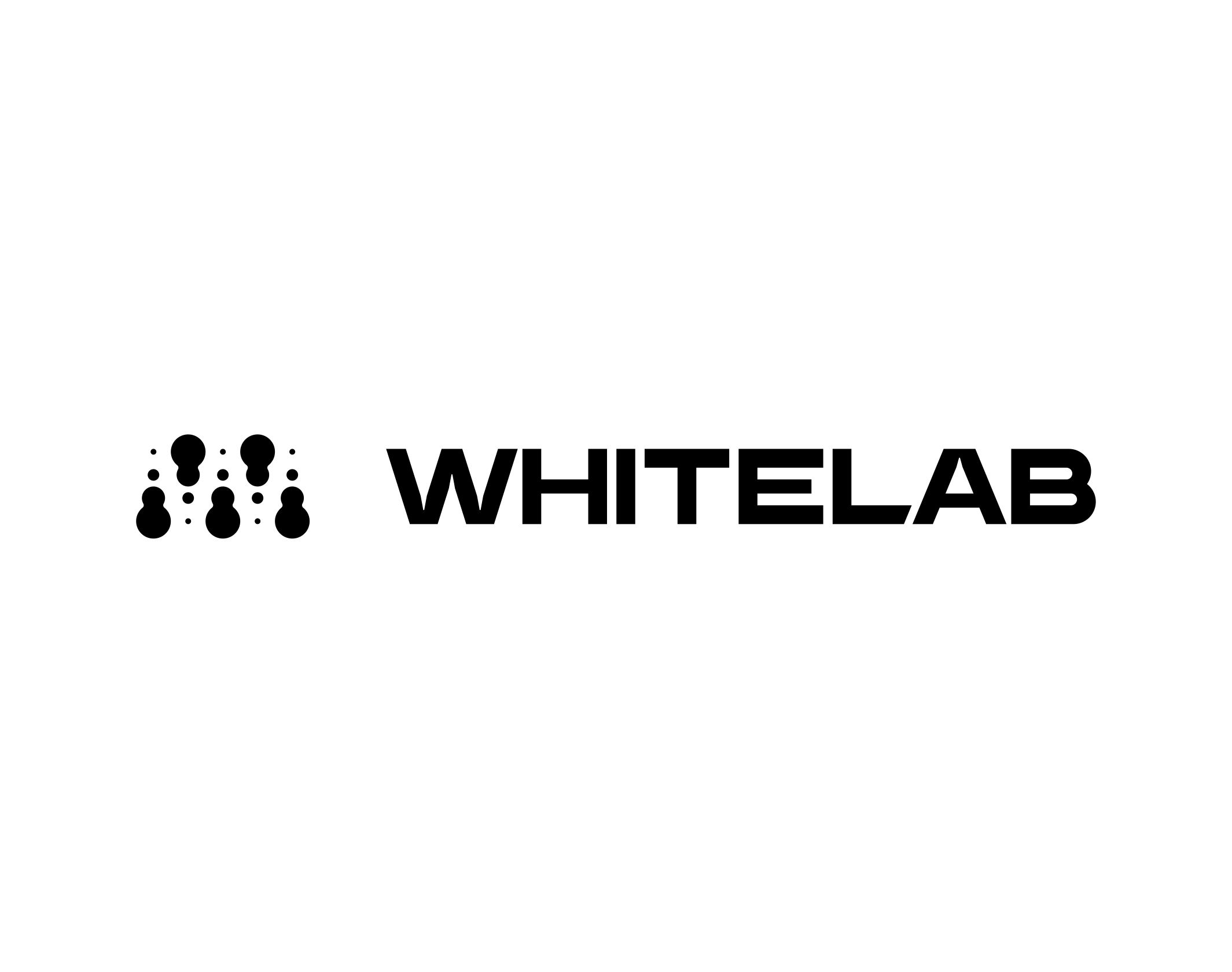
Data intelligence for cell & gene therapies development
WhiteLab Genomics
Summary
WhiteLab Genomics is a company specialized in the development of an Artificial Intelligence platform dedicated to the field of genomic medicine. Today we use AI and our specialized Applications team to come up with optimized solutions to overcome both technical and scientific challenges. We have developed an AI platform dedicated to the field of gene and cell therapy, which helps our customers accelerate and optimize their R&D programs, along different phases. We have developed specific datasets in the field of AAV.
Having access to a wide spectrum of technologies, we also develop and execute customized molecular assays, assisting research teams in their genome engineering and gene and cell therapy programs.
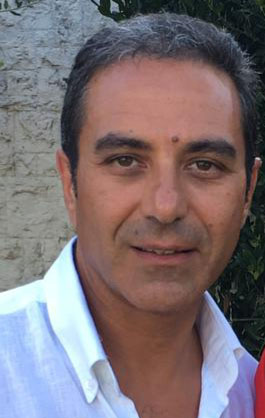
Register by email.
Muscle homeostasis and regeneration: From cellular and molecular mechanisms to therapeutic opportunities
Antonio Musarò
Full Professor of the Sapienza University of Rome
Despite a massive body of knowledge which has been produced related to the mechanisms guiding muscle regeneration, great interest still moves the scientific community toward the study of different aspects of skeletal muscle homeostasis, plasticity, and regeneration. Indeed, the lack of effective therapies for several physio-pathologic conditions suggests that a comprehensive knowledge of the different aspects of cellular behavior and molecular pathways, regulating each regenerative stage, has to be still devised. Regeneration is a highly coordinated program that partially recapitulates the embryonic developmental program and involves the activation of the muscle compartment of stem cells, namely satellite cells, as well as other precursor cells, whose activity is strictly dependent on environmental signals. However, muscle regeneration is severely compromised in several pathological conditions due to either the progressive loss of stem cell populations or to missing signals that limit the damaged tissues from efficiently activating a regenerative program. It is, therefore, plausible that the loss of control over these cells fate might lead to pathological cell differentiation, limiting the ability of a pathological muscle to sustain an efficient regenerative process. The basis of muscle regeneration and the impact of cytokines and growth factors on the physiopathology of skeletal muscle will be discussed.
Read more information on Antonio Musarò on his biosketch.
